Do you know what we love about Pinoy bakeries? Well, aside from the fact that some Pinoy bakers (and other Pinoy businesses in general) have really funny names? (“Bread Pit” for example, really gets us laughing.) It’s that they have some of the most delicious Pinoy bakery products ever. We may be biased because we’re Pinoy, but you might agree after you experience merienda at these bakeries. There might be more high-end bakeries out there, but we just keep coming back to these Pinoy bakery products. As Delishably says, “Unfussy, modest, and without airs – if Filipino breads and pastries have character, then that’s what it is.”
What are some of our favorite Pinoy bakery products?
These are not in any particular order. The main thing is that they’re all delicious, especially with a hot cup of coffee or a bottle of Coke! Check out our list below.
1. Pan De Sal – arguably the most popular Pinoy bakery product
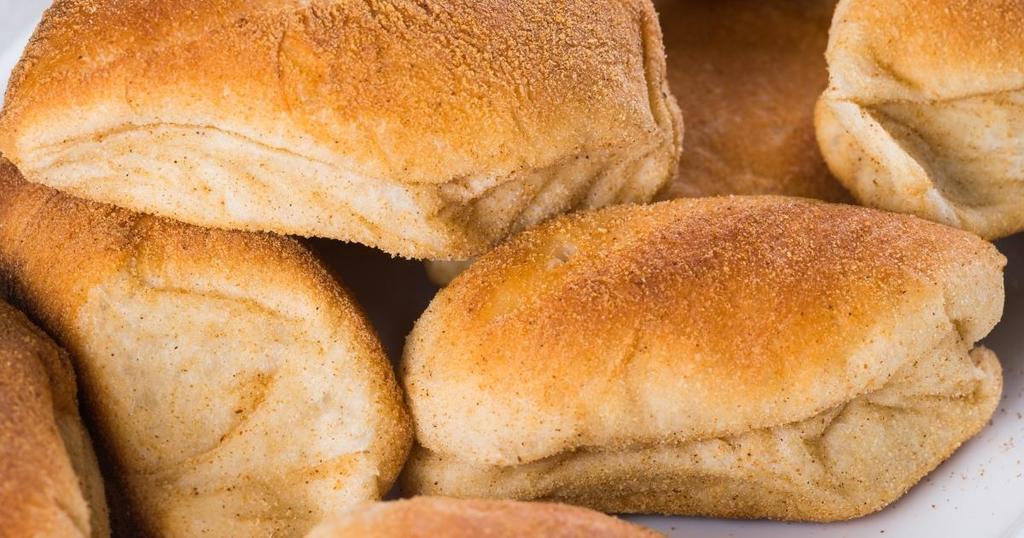
Out of all the Filipino breads, pan de sal is the one that we love the most. Why? Well, we also don’t know. All we know is that it’s a staple in Filipino dining tables – and we eat it at any time of the day. We’re that bread-obsessed.
Pan de sal means “salt bread”, which is ironic because it’s actually very sweet. But according to Spot.ph, the salt refers to the pinch of salt in the dough. So you won’t really get to taste it.
But what you can taste is the soft texture, especially when what you’re eating is freshly baked. Enjoy it with cheese, jam, peanut butter, condensed milk – the possibilities are endless! Or just enjoy as is. Don’t miss out on dipping it into hot coffee though; that’s a definite must-try.
If you want to make your own pan de sal, The Bailiwick Academy has a class for you! Check out our pan de sal making class here.
2. Ensaymada
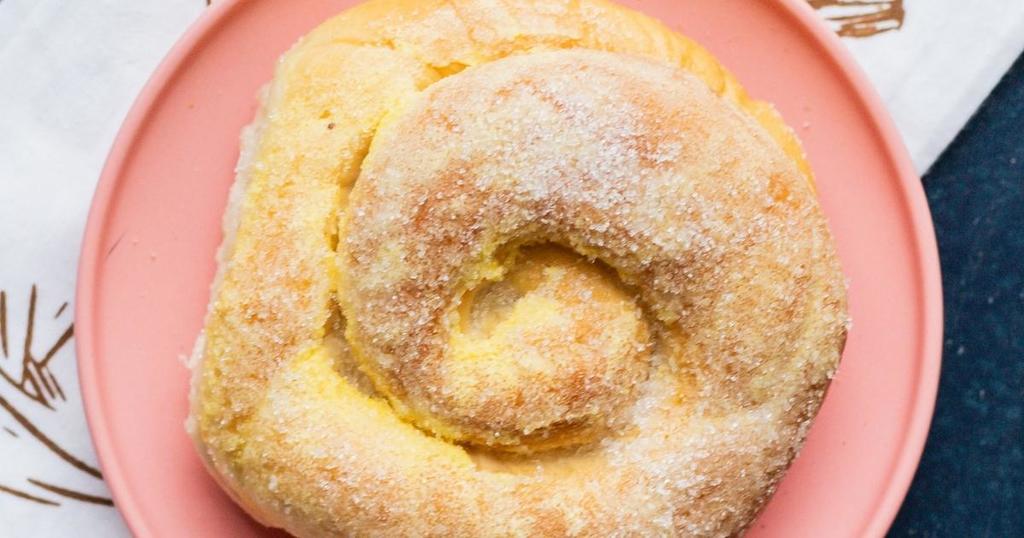
Ensaymada is also spelled as ensaimada. Whatever the spelling, it means the same thing: it’s a round, Filipino bread with cheese and sugar.
According to Yummy, this bread can be traced to the Balearic Island of Mallorca in Spain. The name comes from the lard (saïm) which is spread on the surface of the dough. When it’s baked, that’s when you see the visible, flaky layers.
It’s a cheesy and sugary treat that makes for a great snack!
If you want the Filipino recipe for ensaymada, check out Chef Jimbo de Panadero’s class here. We also offer the leveled-up kind of ensaymada by Chef Joey Prats.
3. Pan de Coco
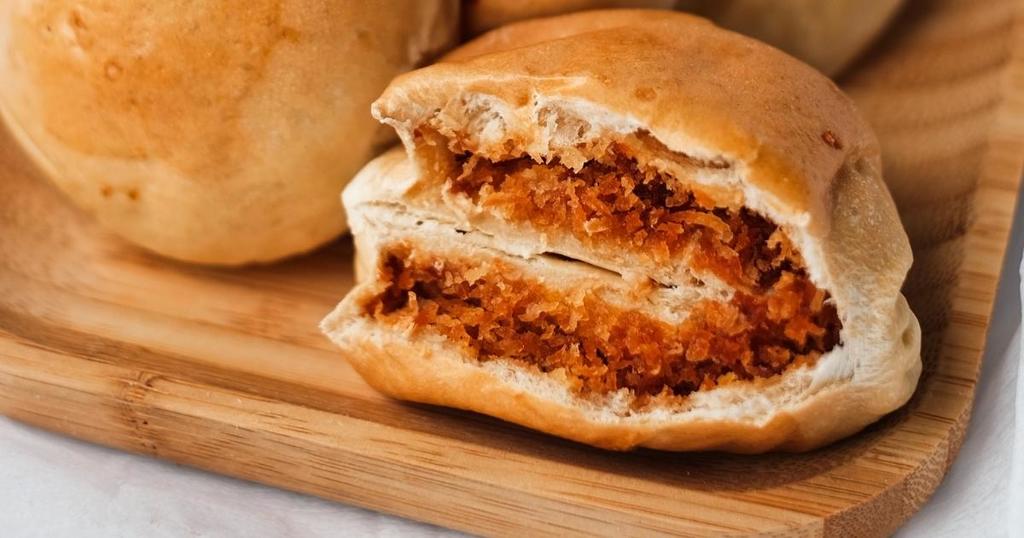
Take some sweet, shredded coconut meat, sugar, and butter, put them inside a bun, and you get pan de coco. It literally translates to coconut bread. One piece is usually round and soft, and can either be shiny or pale.
The best tasting ones are ones that have just enough filling. That way, you won’t taste too much bread or too much filling. Some Pinoys find it a bit too sweet, while others just adore it. If you’re one of those who love pan de coco, you might want to make your own. Check out our pan de coco class here.
4. Spanish Bread – a truly Pinoy bakery product
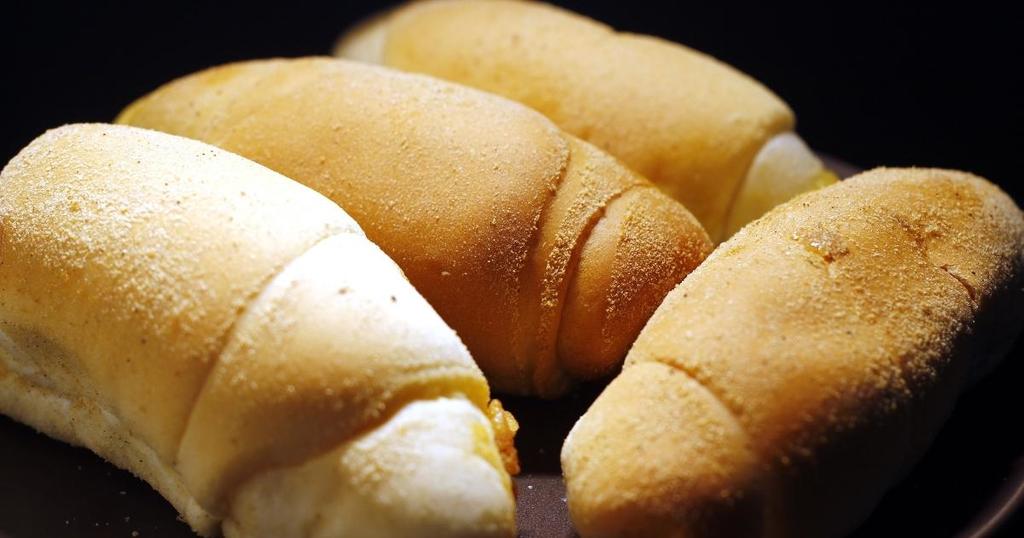
Okay, spoiler, Spanish bread is not Spanish in any way. It’s not a Spanish invention whatsoever; Like we said in our post before, the closest relationship we could make is that it was invented during the Spanish colonial times.
Spanish bread has a similar texture to pandesal, but it’s definitely stickier. It’s rolled, brushed with butter, and covered all over with breadcrumbs and sugar. It’s great with coffee, or even better, hot chocolate!
Sadly, some bakeries don’t make good, proportioned ones. With some, you’ll be wondering what happened to the taste or filling after biting into one.
Want to make sure you have delicious ones? Enroll in our Pinoy Spanish bread class. Sorry, we had to emphasize that, haha!
5. Putok
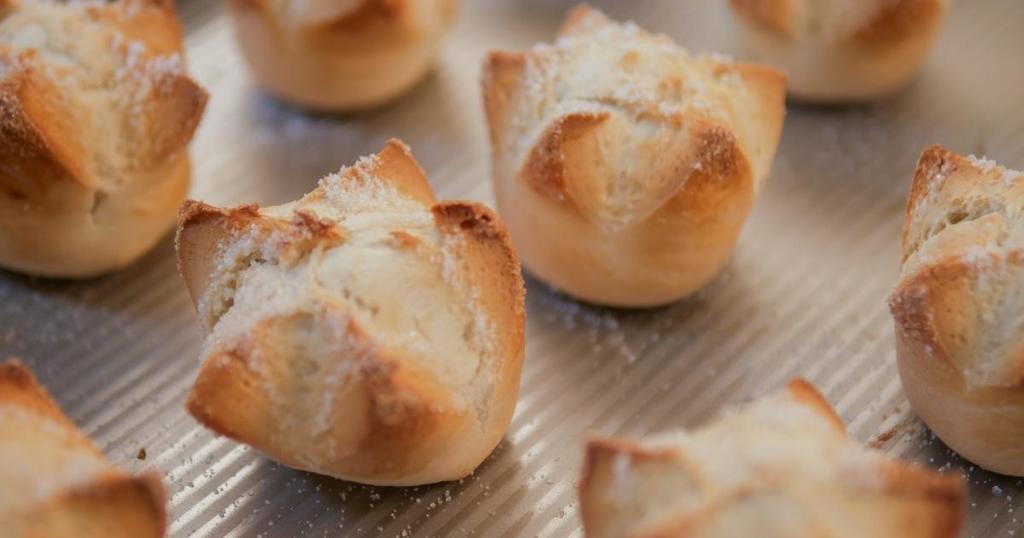
So the word “putok” is a Filipino word that can mean many things. It could mean something exploded or made a loud sound. It could also mean that someone stinks, like when someone has “putok.”
Don’t worry though, this bread isn’t called putok because of the second reason. Putok is simply a reference to the split on top. Think of a volcano that exploded. The top sometimes looks like that. Some bakeries make a crown instead of a split.
This bread’s texture can be semi-soft to very hard for a crunchy bite. But every version is always brushed with milk glaze and has sugar on top.
6. Pinagong
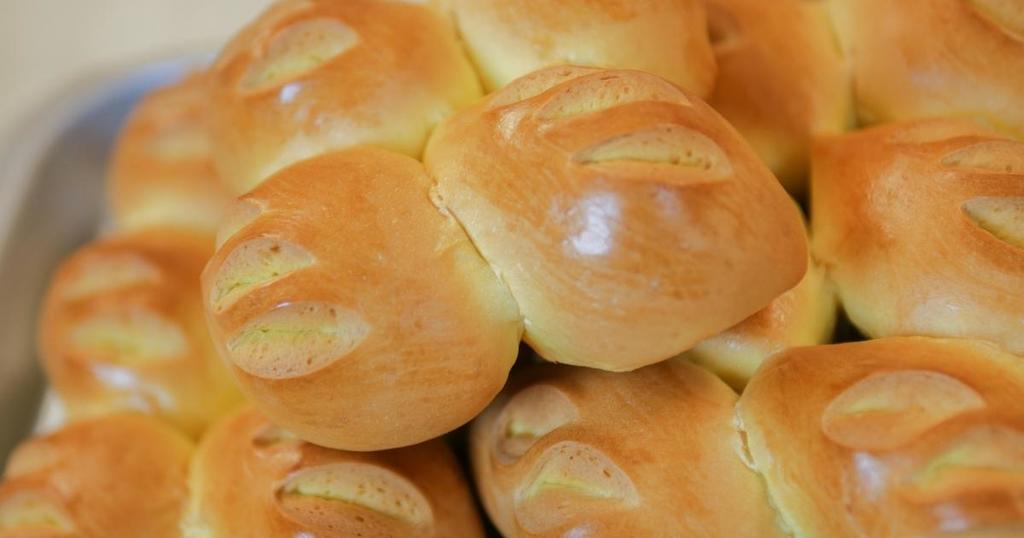
“Pagong” means turtle in the Filipino language. So the term pinagong just basically refers to the appearance of this particular bread. But don’t worry, this bread still tastes like bread; there’s nothing turtle-y about it. It has a sweet, milky taste, with a texture and shell kind of like the putok bread.
The pinagong’s origin is reportedly from Sariaya, Quezon. Over there, it’s considered a must-have take home to your loved ones.
7. Cheese Bread
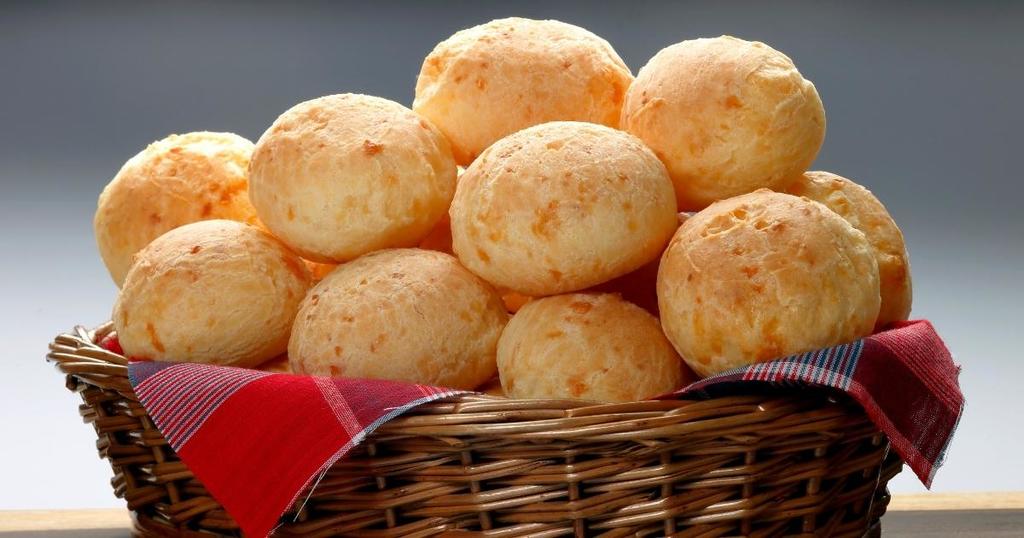
Cheese bread is… well, cheese bread. It’s bread with cheese and sugar. Sounds super basic, but like pan de sal, cheese bread is a very popular treat in bakeries. It can look like pan de sal, while some bakeries bake them into longer shapes.
Because of the cheese, the bread is more yellow than brown. Instead of bread crumbs, the surface of this bread is full of sweet cheese granules.
Some bakeries do cheese bread this way: think pan de sal, with a cheese stick in the middle.
Whatever kind of cheese bread you buy, it’s best eaten warm or hot. And of course, hope that it has plenty of cheese and that the whole bread is moist.
8. Kalihim – a very colorful Pinoy bakery product
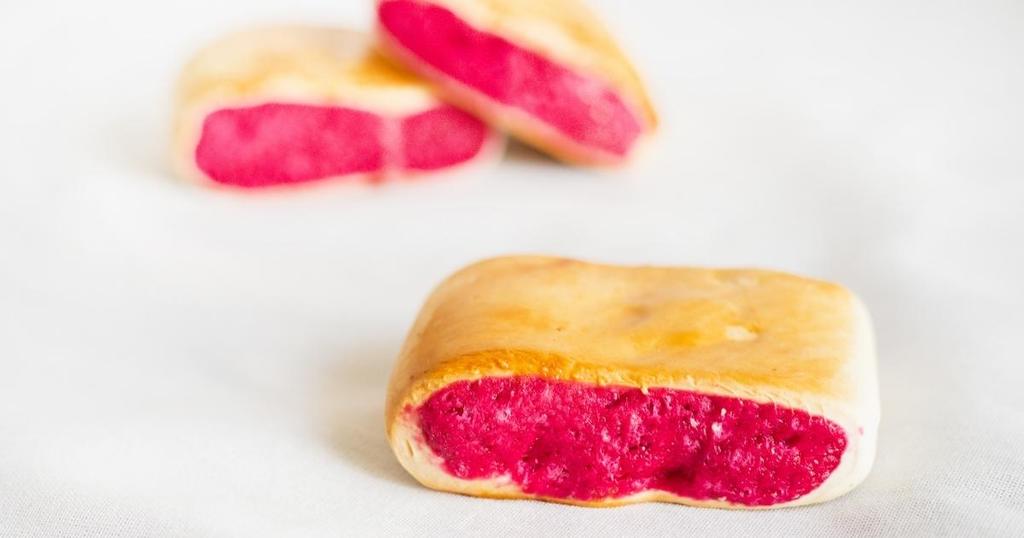
Isn’t kalihim a very colorful bread? It will immediately grab your attention for its red, vibrant filling.
The term “kalihim” means keeper of secrets in Filipino. Why did people call this particular bread a keeper of secrets? The term is a reference to the fact that the filling in this bread is made from unsold bread the day before.
Speaking of the filling, the red color has inspired many alternative names for this bread. The most famous is “pan de regla”, or “menstruation bread.” You probably know why, huh?
But don’t let that name turn you off from trying it out. It’s definitely worth the eat, with its soft texture and just the right amount of sweetness.
You may also see variants of the filling like purple (ube) or pineapple.
9. Kababayan
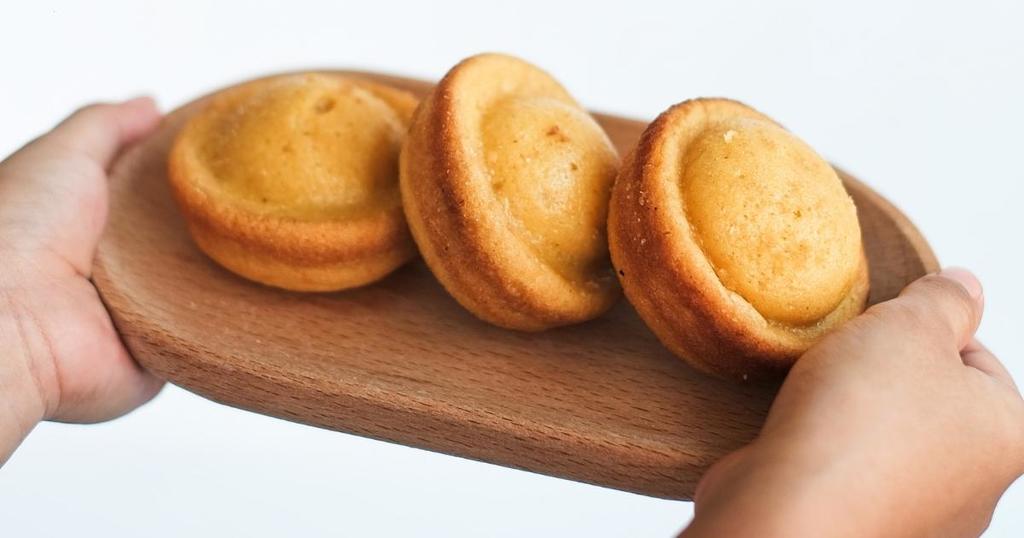
Kababayan is simply a Filipino sweet muffin. The term “kababayan” means fellow countryman. Wait, does that mean we’re eating our fellow Filipinos?
Thankfully, this has nothing to do with cannibalism. Apparently, the kababayan got its name because of its resemblance to the salakot. The salakot is a straw hat Filipinos wear in the province. And now that we think about it, it does look like it.
This sweet muffin is another bakery favorite that we have a class for! So if you’re addicted to kababayan, you’re in luck. You don’t have to head to your nearby bakery anymore; you can just make your own.
Check out our kababayan-making class here.
10. Egg Pie
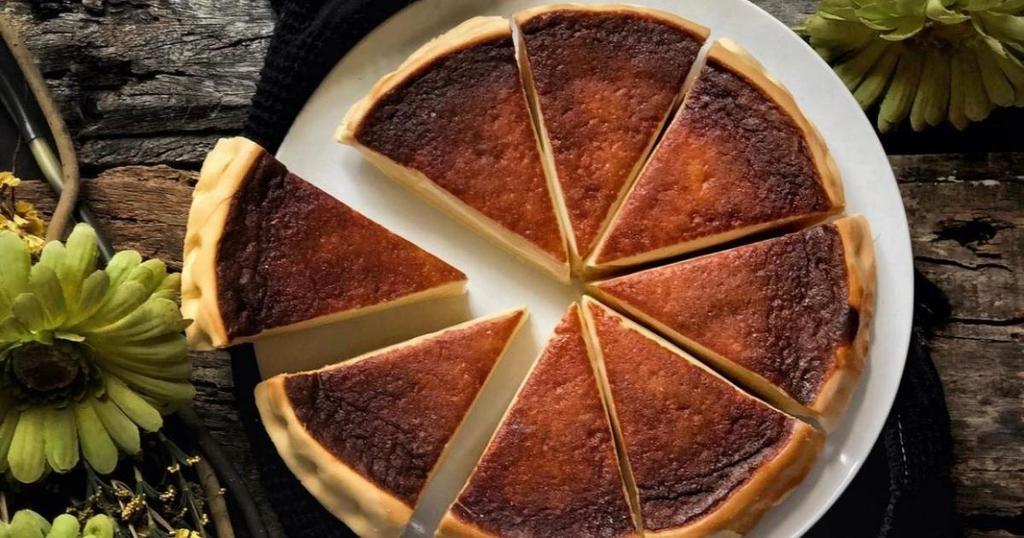
Egg pie isn’t bread, but bakeries all over the Philippines carry this super delicious treat. It’s a Filipino dessert that everyone loves. Who wouldn’t love this creamy, melt-in-your-mouth custard that has a buttery crust? We don’t know anyone who doesn’t!
In fact, it’s so popular, bakeries who carry it run out of egg pies to sell. But don’t worry, you can always make your own when you enroll with The Bailiwick Academy!
Check out our egg pie class here.
Make Pinoy bakery products with The Bailiwick Academy.
There’s also something very Pinoy about loving bread. Side note, they’re not keto (sorry to those trying to avoid carbs). We also don’t know why, but we never seem to get tired of our local Pinoy breads.
But it’s more than just them being delicious. Maybe it’s all the feelings we associate with bakeries and breads. They remind us of simple and happier times, especially during our childhood. And for Filipinos abroad, we’re sure finding out that there’s a bakery nearby selling Filipino food makes you happy.
Or even better, why not make your own and start a business?
If you want to make the following Pinoy bakery products:
- Pan de Sal
- Ensaymada
- Pan de Coco
- Spanish Bread
- Monggo Bread
- Loaf Bread
- Hamburger buns
Then you should definitely enroll in our Commercial Breads class.
But if you want to make putok, monay, and pinagong, you should definitely check out our new class: Panaderia Favorites!
In this class, you’ll get to learn more of Chef Jimbo’s expert baking methodologies. And that’s not all: Chef Jimbo has included a bonus recipe of Half-Moon Cookies!
Not only will this class help you bring back warm childhood memories and nostalgia, but you can also add new recipes to your food business. What more could you ask for?

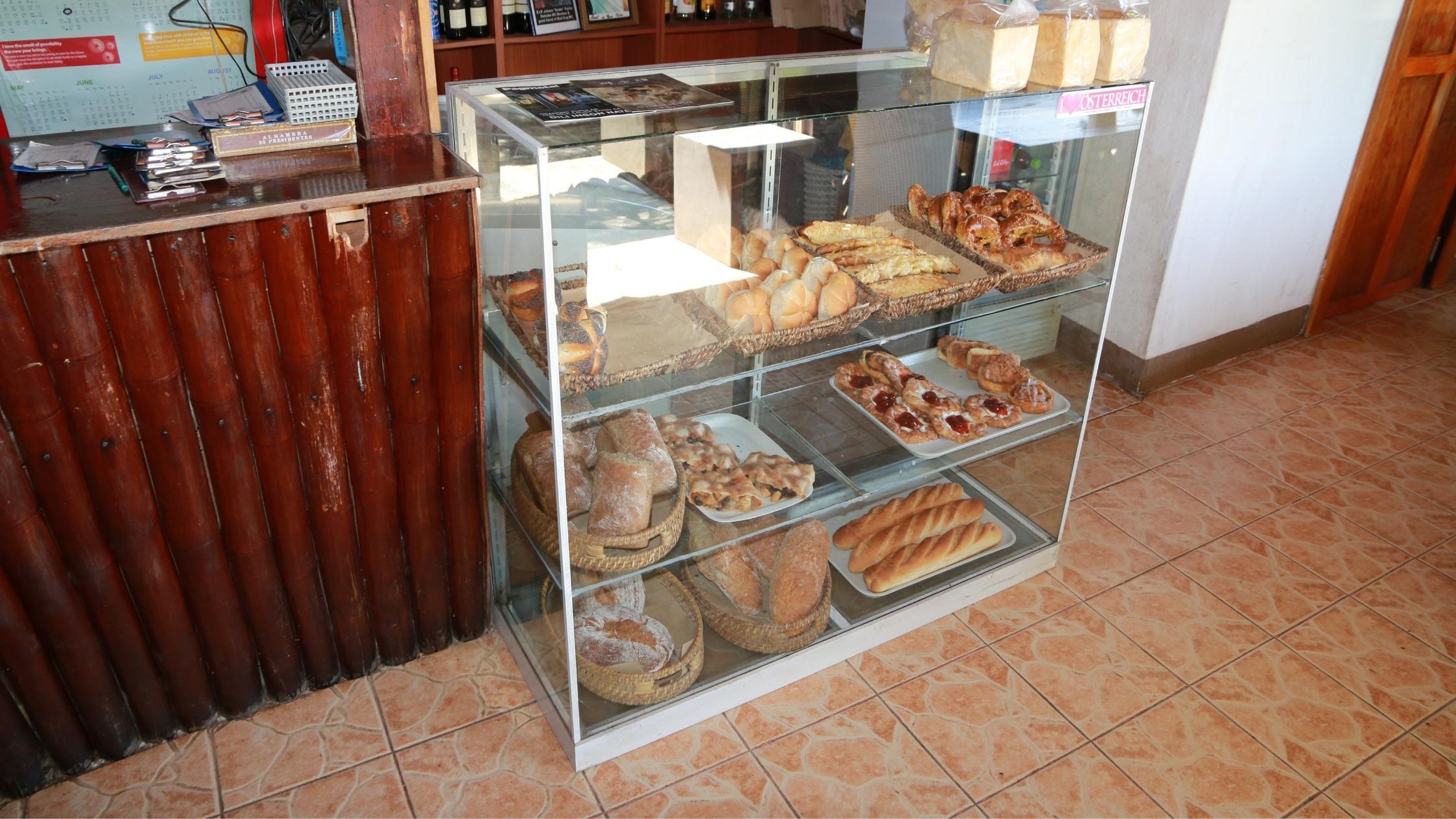
Pingback: Burnt Basque Cheesecake - The Bailiwick Academy
Pingback: Keto Bread - A Delicious, Low Carb Bread! - The Bailiwick Academy
Pingback: Yummy Tarts: Six Flavors That You Should Definitely Try!
Pingback: What Not to Eat During a Keto Diet - The Bailiwick Academy
Pingback: Popular Sandwich Spreads - The Bailiwick Academy
Pingback: Asian Bakery Breads You Must Taste! - The Bailiwick Academy
Pingback: How To Stock Your Baking Pantry - The Bailiwick Academy
Pingback: Best Coffee And Pastry Pairings - The Bailiwick Academy